 |
Front Panel
The more commonly used controls are located to the LHS of the tuning
encoder. Numeric entry of freq, channel store and recall, tune rates, BFO/bandpass
tuning.
To the RHS are the less commonly used controls; Demod mode, AGC speeds,
AGC modes, bandwidth selection, meter, squelch, internal loudspeaker,
menus and its multifunction M keys (used to navigate through and choose
menu items during setting up/prgramming).
|
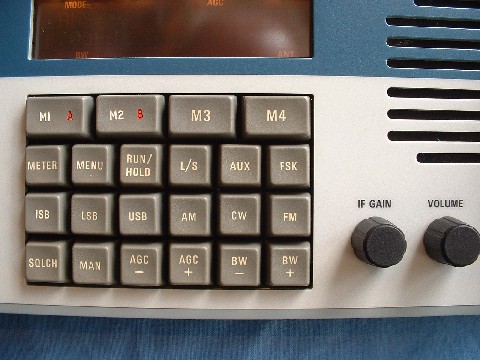 |
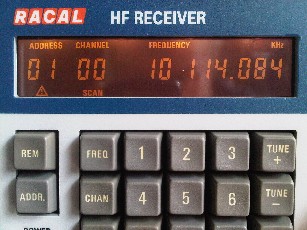 |
100 Memories
The memories store all receiver settings and are very intuitive to use.
Each memory can be included or ignored for channel scanning. Scanning can
be done at the usual variable dwell speeds.
A really nice feature is the ability to view the contents of each
memory channel whilst still listing to the current freq, by rotating the
tuning control after pressing the CHAN button. Then pressing ENTER to
recall and start listening to the chosen channel. That channel number
remains displayed in the freq display on the LHS. In this mode, rotating
the tuning control, increments or decrements to the following channel. |
|
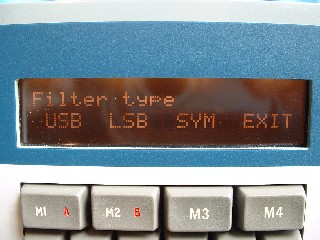 |
IF Filter Bandwidths
Up to 100 IF filters for LSB, USB and symmetrical response
characteristic may be manually programmed. Symmetrical response filters are used only in AM, FM, CW
and FSK modes. SSB filters are setup with a lower and upper cutoff
frequency. So in principle, the lower cutoff freq may be set below zero
(crossing over) to the other sideband if necessary. DSP filter co-efficients
are calculated by the receiver as you program each filter. Therefore any
bandwidth may be setup, from 12KHz (the roofing filter limit) to 70Hz. !!! |
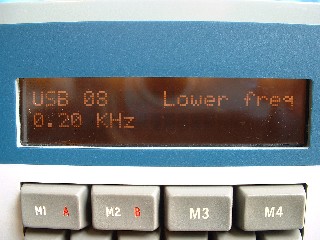 |
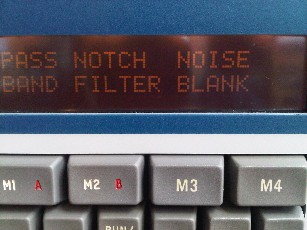 |
Pass Band Tuning (IF Shift)
The IF passband can be shifted to remove or minimise interference.
Available in SSB modes only. Pressing the BFO whilst in SSB and then
rotating the tuning encoder, will shift the passband in 10Hz steps. The
alpha display shows the position of the centre of the IF passband filter. |
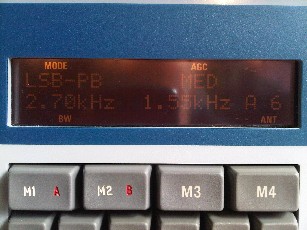 |
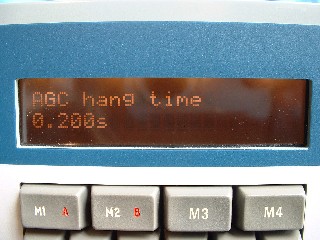 |
AGC
AGC hold and decay times are programmable for all three speeds, slow,
medium and fast. A very flexible feature allowing you to tailor the
receivers response to your liking.
The AGC attack time was initially one of my concerns, knowing some of
the comments regarding DSP sets such as the WJ8711. However, this model
has no issues with this. AGC action is very nice indeed and although the
attack time is not programmable, it is <5mS and below an acceptable
limit of 10mS.
The RA3791 also has the best AGC control range/AF output level. -107 to
+13 dBm (120dB) increases the audio output by <2dB. |
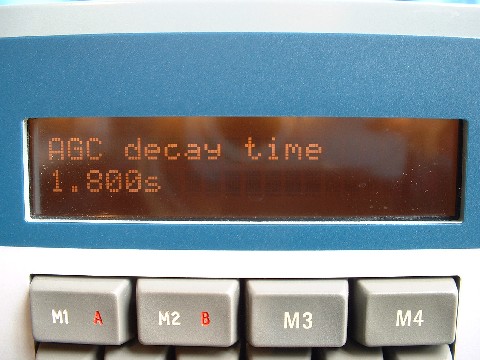 |
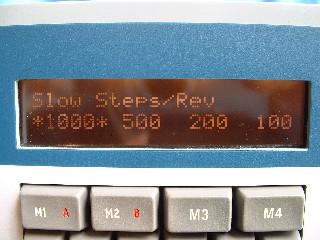 |
Tuning Encoder Rate/Step
Both the number of steps (or increments) per tuning knob rotation and
the step size can be set for each of the slow, medium and fast tuning rate
settings. The setup sizes offered are in multiples of 1, 2, 5 Hz/KHz and
steps per rotation are 1000, 500, 200 or 100.
This is the only professional receiver that I have seen that offers
this deal of adjustment. |
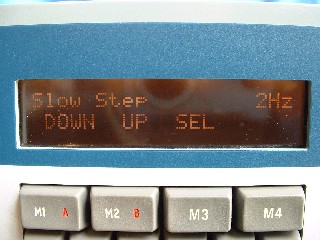 |
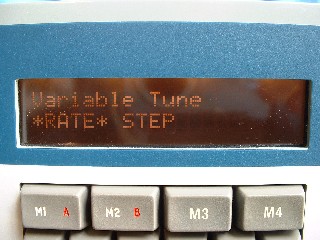 |
Variable Tuning Rate
Racal introduced this feature originally onto their RA1792 series. The
faster you turn the tuning knob, the fast the receiver tunes. On this
model the steps it uses to tune are exactly the same steps as setup above.
Each of the (slow, medium and fast) tuning rates increment to the next one
up as the tuning knob turns faster.
Under the same menu of Variable tuning, a specific step size (e.g. 9KHz
for MW/LW) can be entered. This is again a new feature that Racal added to
this model. |
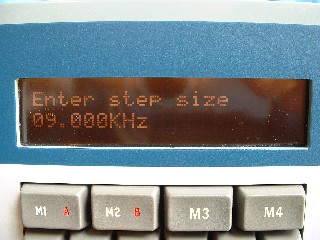 |
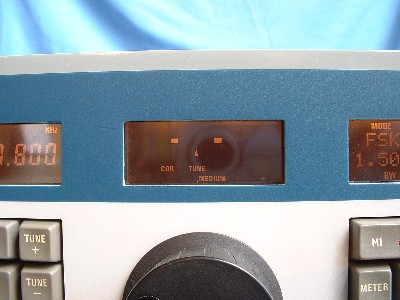 |
FSK Tuning Aid
In FSK mode, the meter switch may be pressed to view two segments,
representing the FSK tones. Tuning may then be adjusted to centre these
two segments in the middle of the display. The resolution width of this
display changes depending on the IF bandwidth. It is a shame that this
tuning aid is only available in FSK mode. |
|
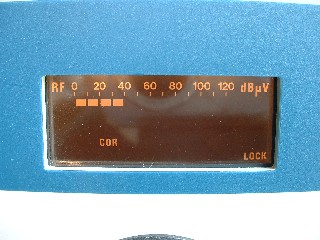 |
RF and AF Signal Level Meter
This bar is accurate across the complete range of input levels
and is calibrate in dBuV. |
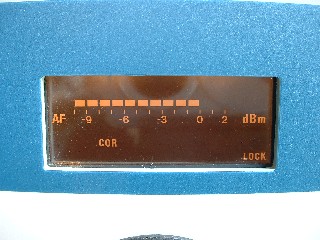 |
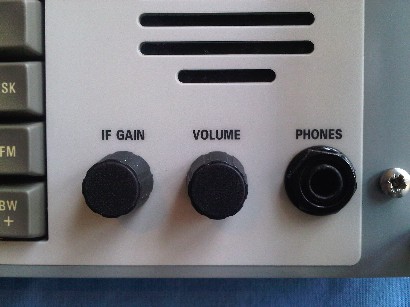 |
RF/IF Gain control
The usual slow and fast AGC modes are available. Toggling the MAN
button sets AGC to auto, auto with threshold or fully manual. Squelch is
also set using this control. |
|
|
Notch filter
Operates in any demod mode and with all bandwidths.
Offers a very deep notch. Able to remove the strongest interfering carrier.
The alpha display also shows the
exact notch position relative to the centre of the receive passband. |
|
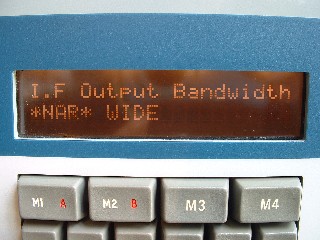 |
IF Output
Not a particularly unique feature. However, this output is programmable
as a wideband output of 12KHz wide or narrow output of the width of the
selected IF filter.
Also the output centre frequency may be set in 5KHz steps over a range
of 10 to 455KHz and 1.4MHz.
It can be used to drive a tuning aid such as the DK43 or RA2232 or a
panadaptor in wideband mode. |
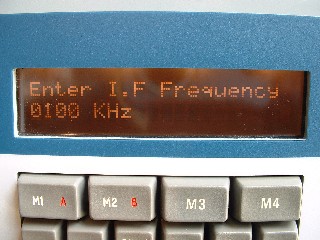 |
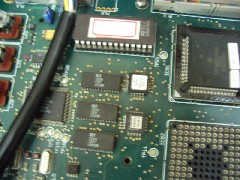 |
Optional Automatic Notch Filter
Quite a unique feature for a professional receiver.
This function requires the fitting of a fourth DSP device. Its socket
is visible on the LHS picture and the top RHS quarter of the RHS picture.
I will include further details here if I ever fit this option or more
information comes to light. |
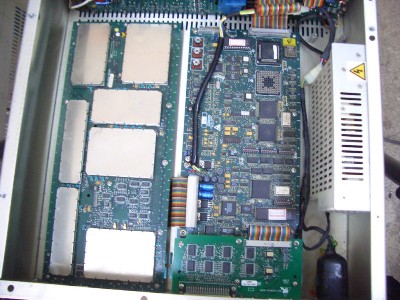 |